Building a Borough: The Brick Buildings of Brooklyn
If you look closely, most of historic brownstone Brooklyn really is made out of brick.

Photos by Susan De Vries
Editor’s note: This story is an update of one that ran in 2009. Read the original here.
One of mankind’s oldest building materials is brick. Before they shaped stone with tools, our ancestors dried mud and other materials in the sun and stacked them to make shelters, altars and marketplaces.
Centuries later, the father of the Arts and Crafts Movement, William Morris, commissioned a home that would realize all of his philosophies and ideals, not out of stone, as was the fashion in 19th century, upper middle class England, but in warm, red brick.
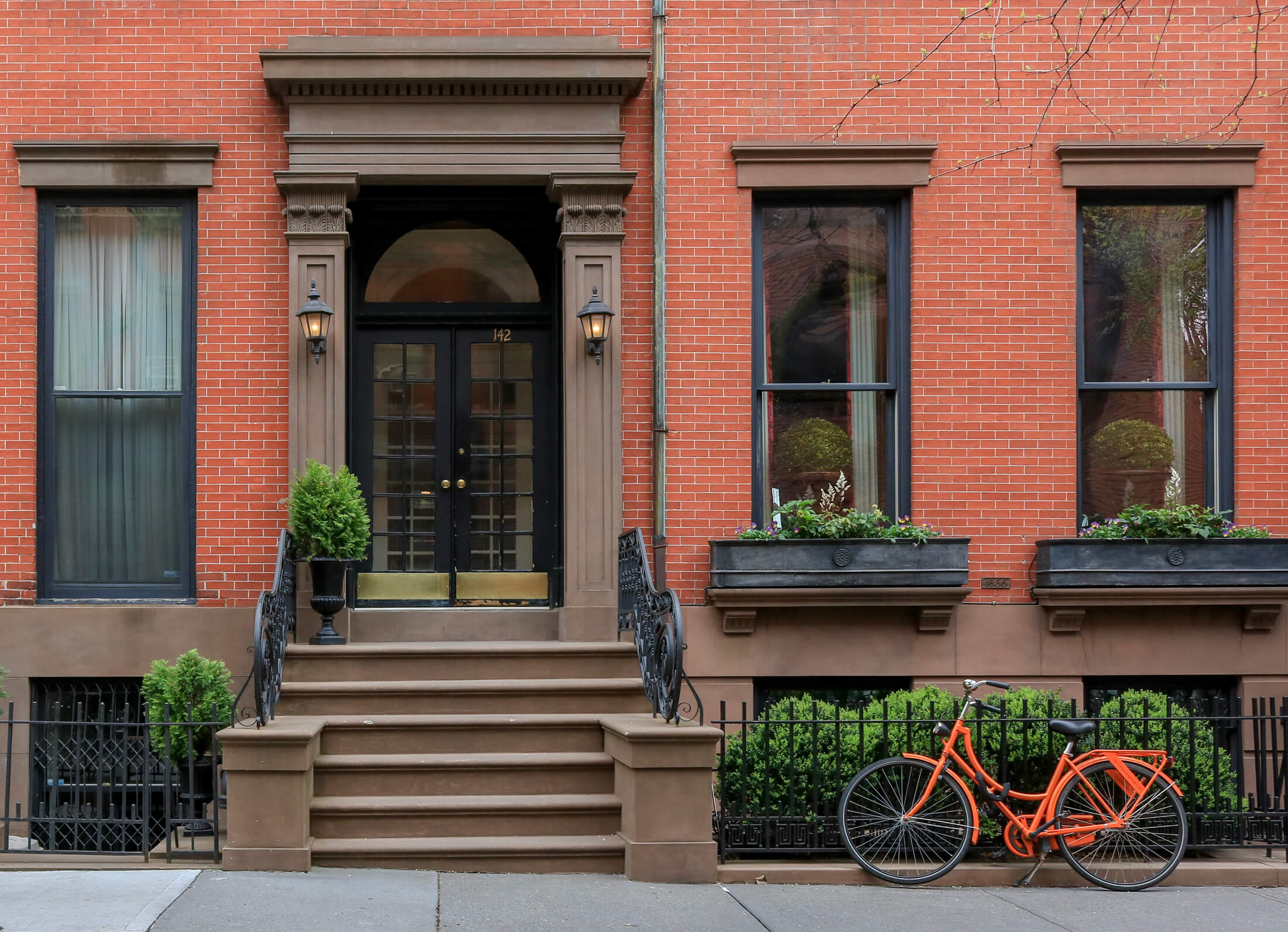
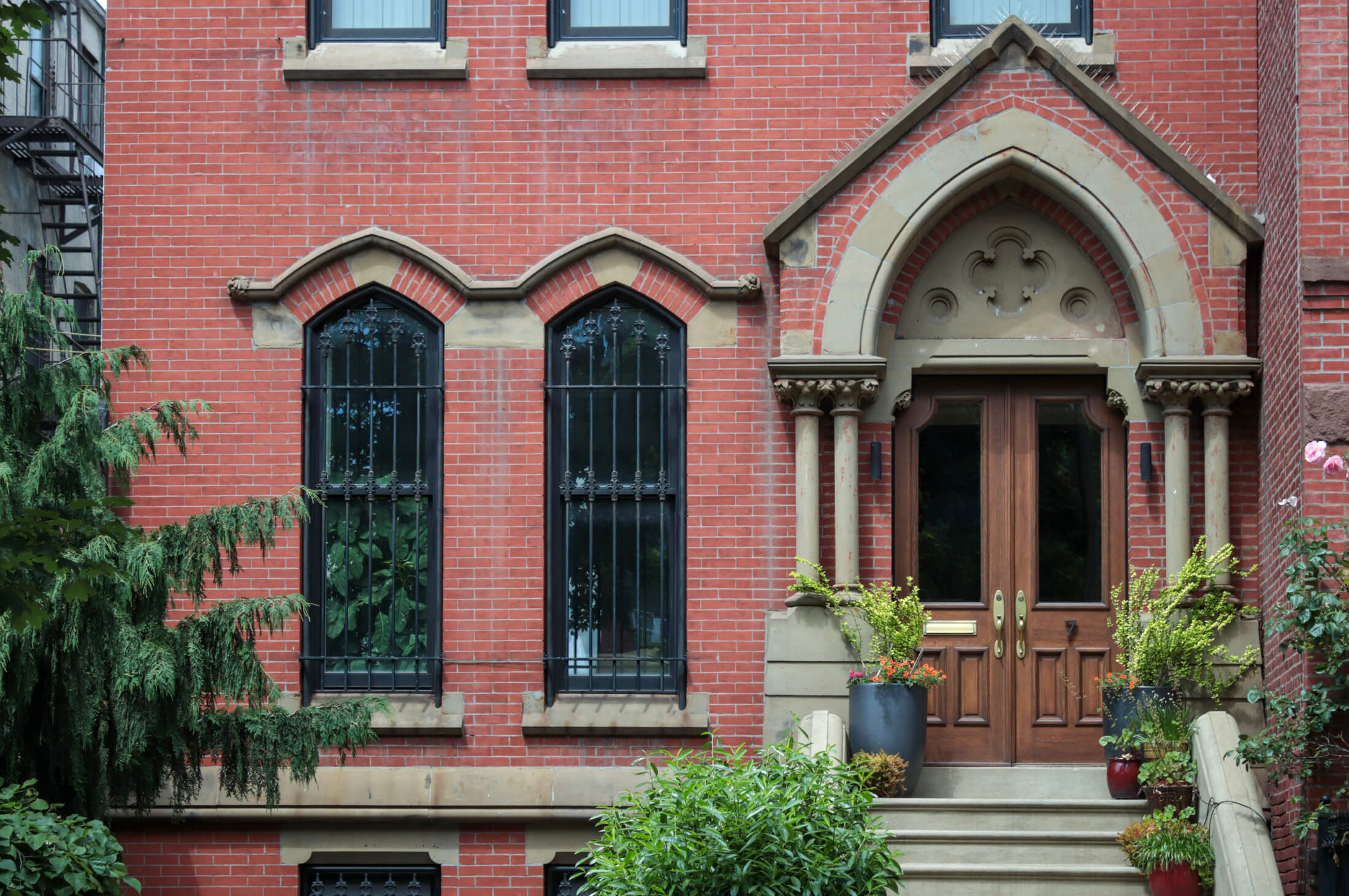
The Red House remains the quintessential Arts and Crafts home, a repository and workshop for a movement that would change the industrialized Victorian world, and influence future architects such as HH Richardson and Frank Lloyd Wright.
In going through my photographs, I realize that my favorite buildings are brick. Not limestone or brownstone, but brick. Sometimes the bricks are classic terra-cotta, sometimes white, or golden yellow, grey, black or even purple.
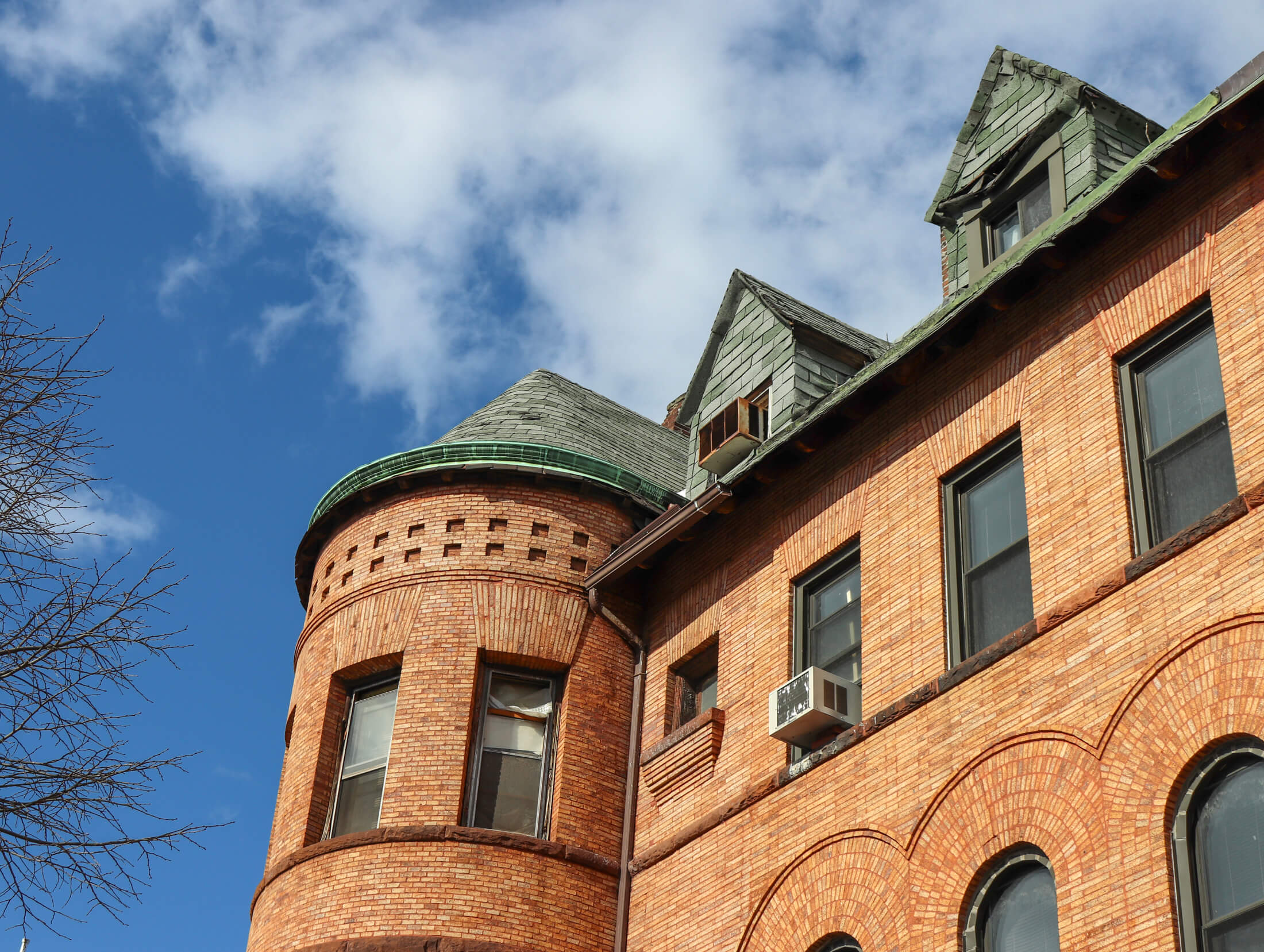
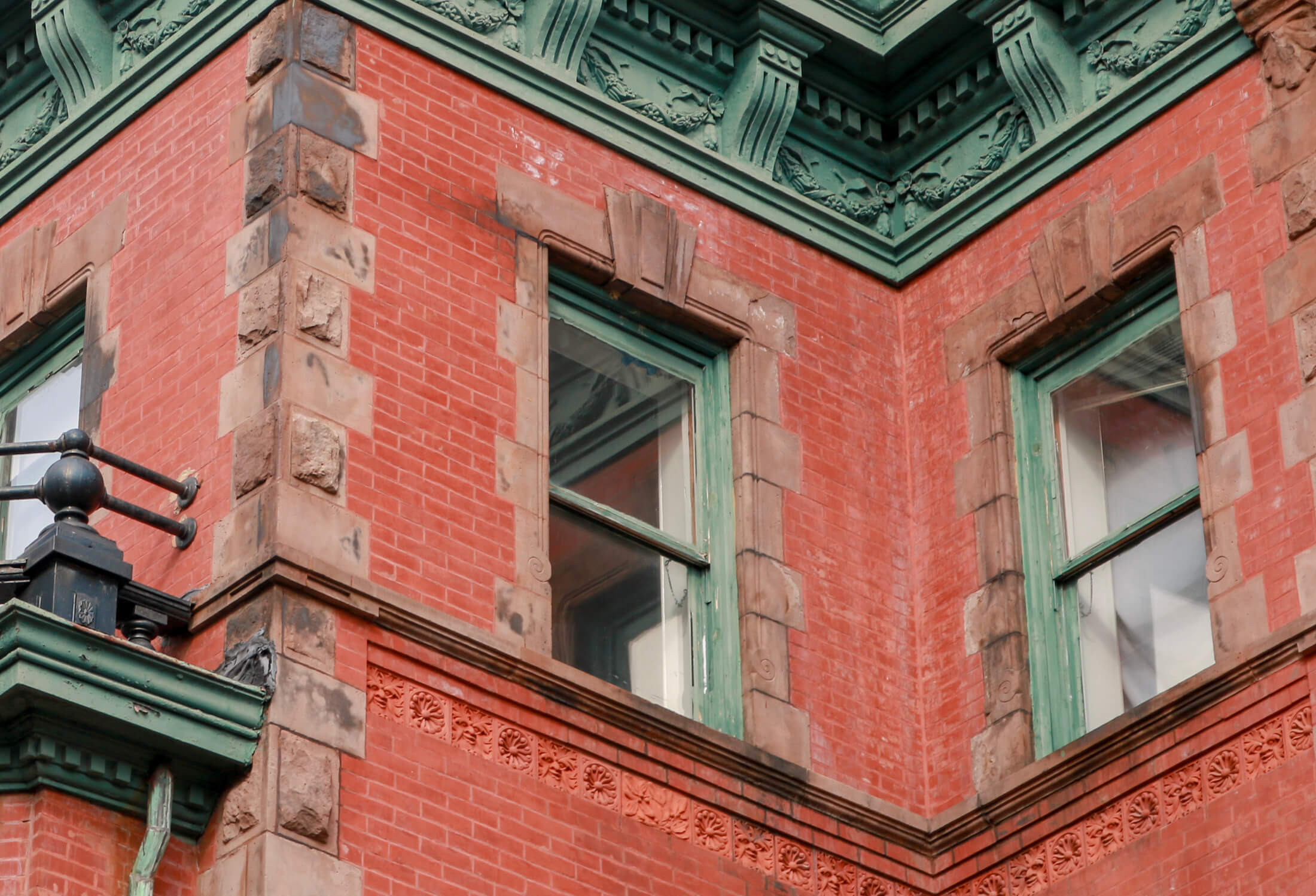
In fact, if you look closely, most of historic brownstone Brooklyn really is made out of brick. The various stone facades are only cladding, and underneath the building is brick. With the exception of wood framed houses, this is a brick city.
Brick is well complemented by the various combination of materials used with it, especially in the later Queen Anne and Revival movements, and all of the goodies: ashlar stone, terra-cotta, carved stone, ironwork, stained glass, wood trim and hardware are mixed with wonderful wild abandon on our streets.
This innovation did not end with the 19th century, either. Some of the best brickwork can be found in the apartment buildings and other structures built as recently as the late 1930s. Even the fact that the less than admired Fedders houses are clad in some kind of brick shows that this medium resonates at all levels even today.
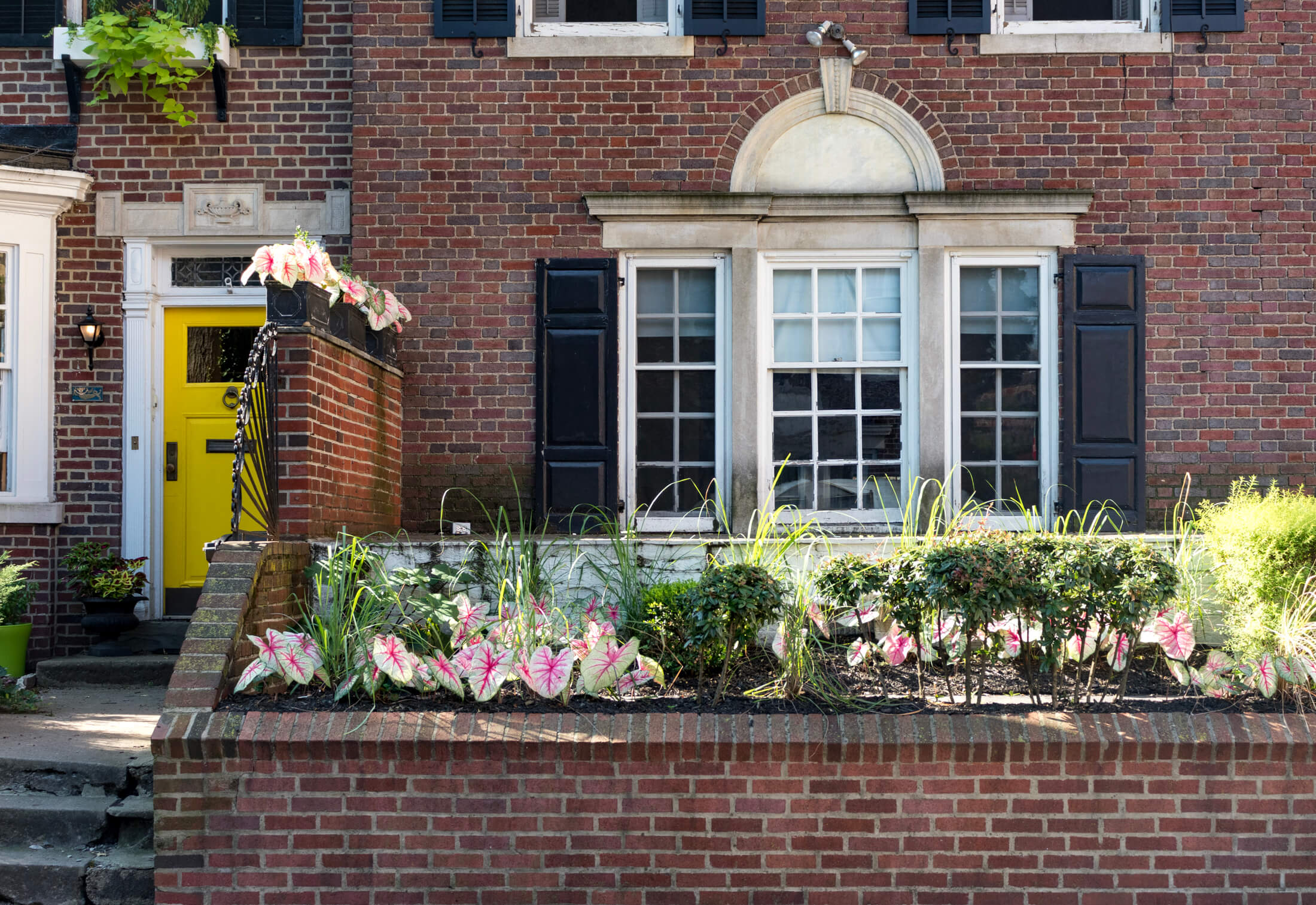
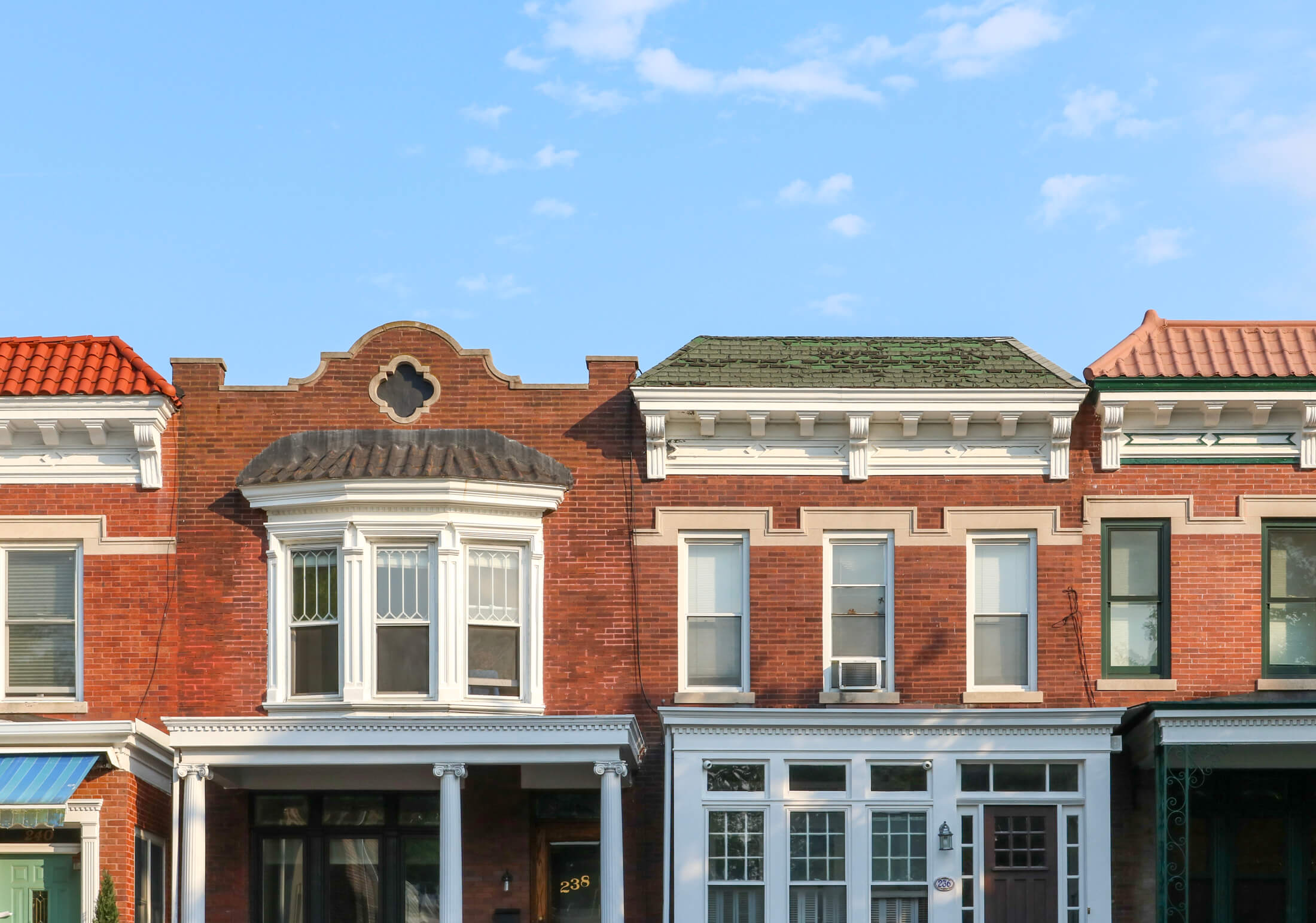
I do admit to a special fondness for the different ways that architects use brick work by itself to achieve patterns and massing. Bricks are used in horizontal, vertical and diagonal patterns. They jut out to catch our eye, or recess to create depth.
They shape archways, they frame windows. They curve around to suggest great mass and create fortresses, whether in armories, churches or apartment buildings. Grey bricks are somber, gold bricks suggest richness.
Multicolored patterns can hint of foreign lands and times, while terra-cotta can suggest great age and majesty, as well as a classic vision of home and hearth. In the end, the commonality of all buildings is illustrated in a crumbling foundation of brick.
All show the architects’ talent in using the mundane to achieve greatness, as well as the skills of thousands of expert bricklayers whose creations still stand after all these years with little or no attention or special care. So look around and take a closer look at the possibilities and beauty of the common brick.
[Photos by Susan De Vries unless noted otherwise]
Related Stories
- Ornamenting Brooklyn: The Fashion of Terra-Cotta
- Adding the Final Flourish: Ornamenting With Ironwork
- How the Victorians Kept It Cool Inside During a Brooklyn Summer
Sign up for amNY’s COVID-19 newsletter to stay up to date on the latest coronavirus news throughout New York City. Email tips@brownstoner.com with further comments, questions or tips. Follow Brownstoner on Twitter and Instagram, and like us on Facebook.




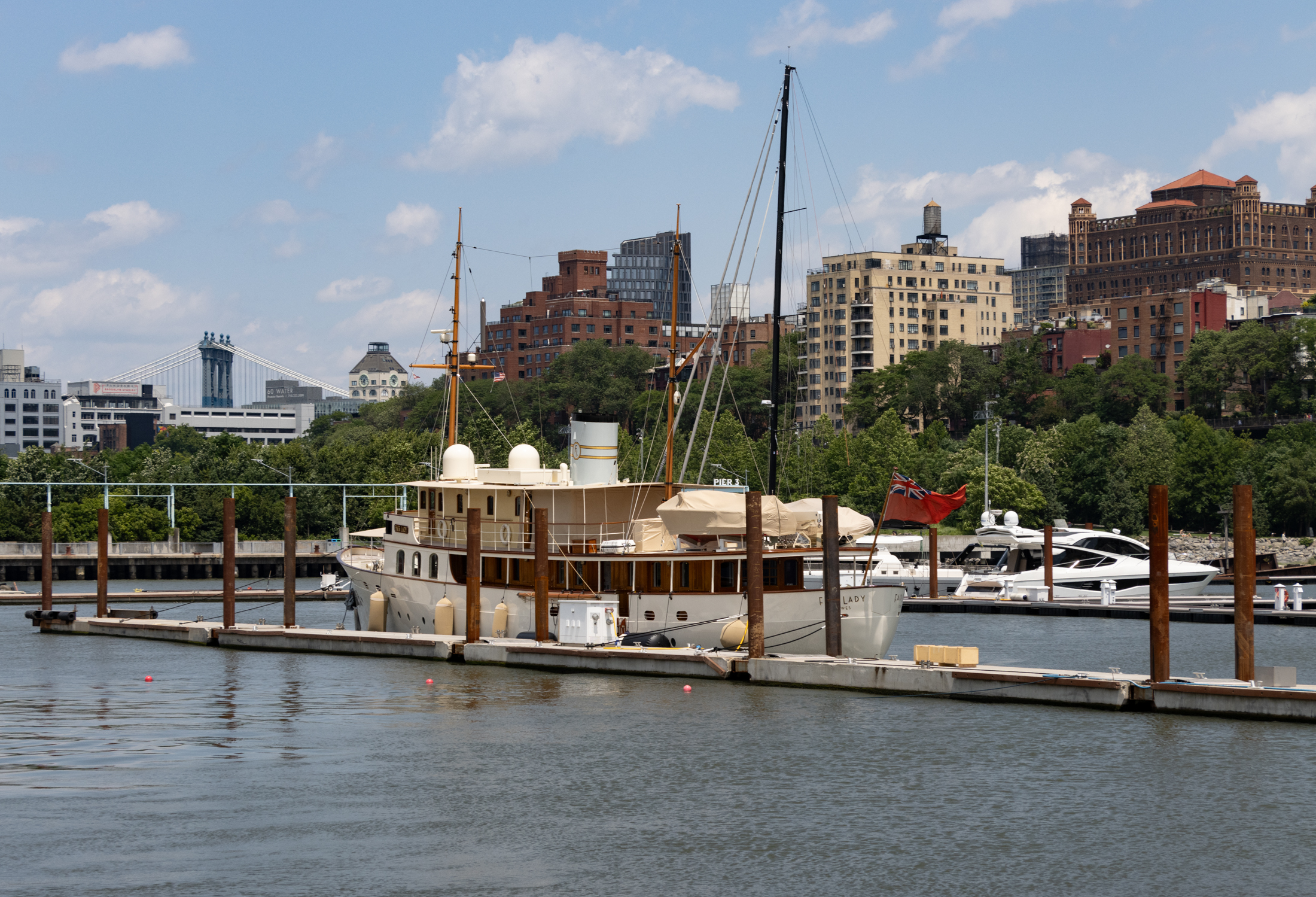
What's Your Take? Leave a Comment